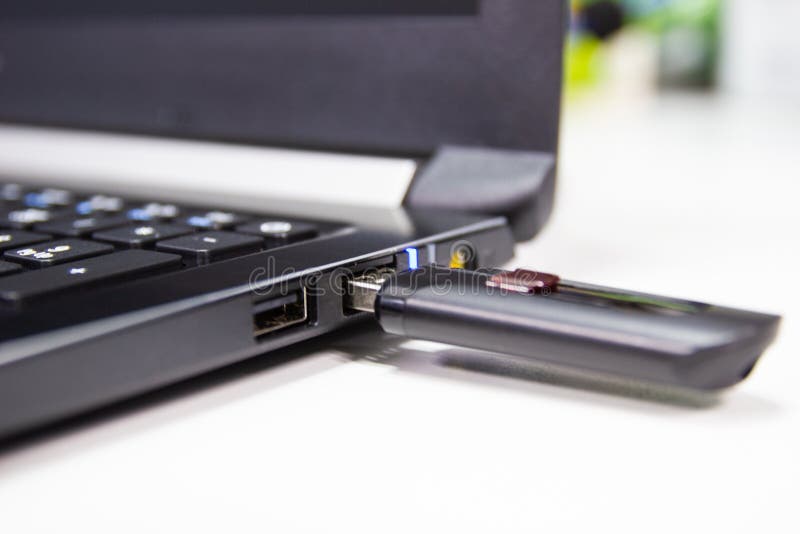
- #Connect usb backup drive to esxi install
- #Connect usb backup drive to esxi plus
- #Connect usb backup drive to esxi windows
However be aware that only a single VM can access the USB ports because you can forward a PCI device only once.Īnother solution regarding USB devices is discussed in the VMware KB entry “ USB support in ESXi/ESX 4.1 and ESXi 5.x“. After switching the VM back on you can connect any device to any USB interface on the host and everything is forwarded automatically. Go to the Configure tab, then select PCI Devices in the Hardware section. After shutting down the VM add a new PCI device and select the USB controller of the host system. Select the ESXi host on which your VM (to which you need to connect a USB device) is residing. The screenshot on the right shows how that looks on an ESXi 5.0. Backup all your important data stored on the internal SD Card. To solve this I use the PCI pass-through option on the ESXi server. When the app says the recovery media is ready, remove the USB drive /. That means I had to find a way so that they just have to replace the physical USB backup drive and don’t have to think about how the USB drive is forwarded to the VM. The problem here is that many of our customers are not very tech savvy and they generally don’t want to change anything on the server.
#Connect usb backup drive to esxi plus
The server must be added to the backup infrastructure. My 10GbE fabric tops around 250 MBps and I know its the drive performance, plus I know I need some configuration.
#Connect usb backup drive to esxi windows
To be prepared for things like water damage we always suggest to use two rotating disks with one stored securely at another location. Attach one of external drives from the set to a Microsoft Windows or Linux server. Despite using UEFI, the MacBook s native EFI bootloader does not use the EFI partition for.
#Connect usb backup drive to esxi install
To backup these VMs we often use either Windows Backup or a third party application running within the guest that saves all important data to an external USB drive. On a 2nd USB install disk it uses a Ubuntu USB install.

# split -b 3221225472 /vmfs/volumes/xx/vm1/vm1.We have several smaller customers that use a VMware ESXi host with just a single Windows Server VM.
As a rule, you can split a source file into some parts before copying (of 3 GB, for example): So it is quite hard to copy VMDK files of virtual machines. The main FAT32 problem is that it doesn’t support files over 4 GB. To copy a file back from ESXi to USB, just swap the paths in the command. The only got ya might be depending on what type of backup solution you are using to backup your VMs, the USB passthought might cause that backup to fail. I use it on Veeam that we backup to a pair of rotating external drives for offsite backups. The second path shows where to copy the file on the ESXi host (for example, to VMFS datastore directly). Are long as you are on ESX 5.5 or newer USB passthough is pretty rock solid. Where /some.iso is a path to a file on your USB drive. Create a folder in the iSCSI datastore in which to copy the backup. To create a partition you need to know the.

Devices are either named mpx.vmhbaXX or with an naa.X number. While connecting the USB device you can either watch /var/log/vmkernel.log to identify the device name or identify it within /dev/disks. # /bin/mcopy -i "/dev/disks/naa.5000000000000001:2" ::/some.iso /vmfs/volumes/12345678-ddd654321-4321-aaaabbbb2222/iso/some.iso Using vmkfstools In an ESXi host shell, navigate to the volumes folder. Plug in the USB device to your ESXi host. To copy a file from a FAT32 USB device to ESXi, use this command:

Disable the USB arbitrator service before connecting a USB drive to the ESXi host. If you image size is less than the size of a DVD (4.5GB), I also backup the USB/SD card installation image to a DVD, and if you have a spare USB flash drive, it doesnt hurt writing the contens to another USB flash drive or SD card.


 0 kommentar(er)
0 kommentar(er)
